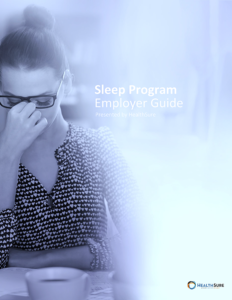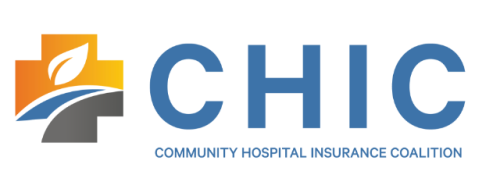Open Enrollment: What’s Changing in 2020?
Best Practices: Don’t Go It Alone Direct Contracting and Custom Networks Can Work For You
Hospitals to Publish Retail Prices Under a New Proposed Rule
Open Enrollment: What’s Changing in 2020?

To prepare for open enrollment, group health plan sponsors should be aware of the legal changes affecting the design and administration of their plans for plan years beginning on or after Jan. 1, 2020. Employers should review their plan documents to confirm that they include these required changes.
In addition, any changes to a health plan’s benefits for the 2020 plan year should be communicated to plan participants through an updated summary plan description (SPD) or a summary of material modifications (SMM).
Health plan sponsors should also confirm that their open enrollment materials contain certain required participant notices, when applicable—for example, the summary of benefits and coverage (SBC). There are also some participant notices that must be provided annually or upon initial enrollment.
Important Notices
- Annual CHIP notice
- Medicare Part D creditable coverage notice
- Notice of grandfathered status (if applicable)
- Annual notice regarding coverage requirements for mastectomy-related benefits (WHCRA notice)
Don’t wait any longer to review your plans. Contact HealthSure for a full list of 2020 plan changes and requirements.
Hospitals to Publish Retail Prices Under a New Proposed Rule

In July, the Centers for Medicare and Medicaid (CMS) proposed rules that would require all Medicare-participating hospitals to post their negotiated prices for standard health care services.
The proposed rule is intended to increase pricing transparency and help consumers understand the charges they may incur before receiving care.
These are just proposed rules at the moment, which means no changes will be made effective until the rules are finalized. The agency is currently asking for comments on the proposed rule. The deadline for submitting comments is Sept. 27, 2019.
We will continue to monitor and keep you updated on these developments.

According to the Centers for Disease Control and Prevention, adults over the age of 18 should get seven hours or more of sleep per night. Despite this expert recommendation, nearly one-third  of American adults fail to get as much sleep as they should. Although this might not seem problematic, consistently failing to get enough sleep can put employees at risk of significant health problems. In fact, not getting enough sleep is linked to a variety of chronic conditions like Type 2 diabetes, heart disease, depression and obesity—all of which are leading health care cost drivers. Moreover, failing to regularly get enough sleep can lead to chronic fatigue, which can increase the risk of productivity issues at work and distracted driving crashes.
of American adults fail to get as much sleep as they should. Although this might not seem problematic, consistently failing to get enough sleep can put employees at risk of significant health problems. In fact, not getting enough sleep is linked to a variety of chronic conditions like Type 2 diabetes, heart disease, depression and obesity—all of which are leading health care cost drivers. Moreover, failing to regularly get enough sleep can lead to chronic fatigue, which can increase the risk of productivity issues at work and distracted driving crashes.
As you can see, employee fatigue is a serious concern, and it’s one that could be costing your business. According to the National Safety Council (NSC), fatigue costs employers nationwide $136 billion annually. Specifically, fatigue in the workplace can contribute to the following:
- Decreased productivity—The NSC found that those who sleep less than six hours each night cost employers about six workdays a year in productivity. This productivity includes employee absenteeism and presenteeism.
- Increased risk of occupational accidents or injuries—According to OSHA, employee fatigue increases the risk of a workplace accident or injury. For employees who work night or evening shifts, or extended hours, the risk of fatigue-related accidents and injuries is 18% to 30% greater.
- Increased health care costs—Fatigue, as previously mentioned, is linked to an increased risk of developing chronic conditions. Treating these accounts for 86% of the nation’s overall health care costs.
Any problem that causes decreased productivity and increased absenteeism is one that you want to address in your workforce. Despite these serious consequences of fatigue, there is good news. There are a wide variety of low-cost strategies that you can implement at your organization to promote the importance of sleep.
This guide serves as an introduction to the six-week employee sleep program. The mini-wellness program promotes employee sleep education and provides a space where employees can track their sleep. This employer guide includes strategies that businesses can use to promote the use of the program and to create a culture that stresses the importance of sleep. Use of this program should be voluntary, and the information provided in the guide should be used for informational purposes only. For medical advice, please consult a medical professional.


